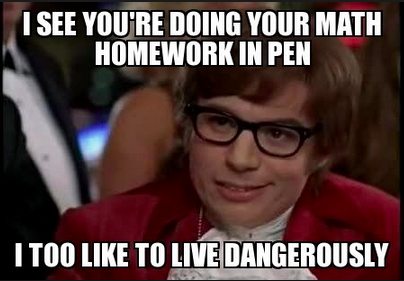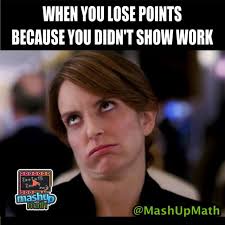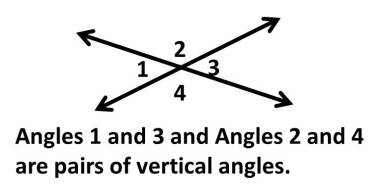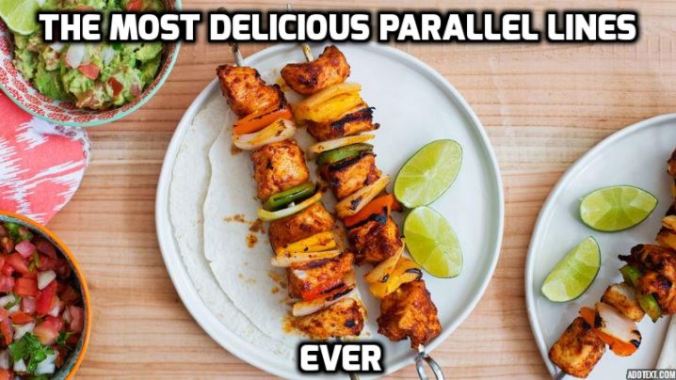
There are different types of knowledge. To know how a square is defined is different than knowing how to identify one. These are different that knowing how to draw one with ruler and paper. Or construct one with compass and straight edge.
A square is a pretty simple example, but when it comes to ramps, bridge, exploring mass and rotation, there’s being able to answer questions about it, and then there being able to build object to create examples, non-examples, and solve challenges. And it can help to have the right tools.
My office recently got a set of Keva Planks. Now, I’ve gotten to see these blocks in action a number of times and they are pretty cool. First, there is almost no learning curve. The blocks are all exactly the same. There’s no connecting pieces or fasteners or adhesive. There’s nothing to them. But with them you can build ramps and towers, polygons and prisms. They set up easily, the clean up easily.
Full-disclosure: They aren’t free. (Cheapest place I’ve found them is Amazon… 400 blocks for $90). Ordinarily, I don’t make a point to advocate for expensive tools, but in this case I think it could be money well spent based on the needs of the location. Also, they are durable and shareable. One department or grade level team could probably make good use with one to share.
Anyway, it’s worth looking in to as they allow us to explore types of knowledge that we otherwise might not be very well equipped to explore. (Particularly with those Next Gen engineering practices that are starting to become a reality in many states.)
For another look, here’s my latest podcast: Instructional Tech in Under 3 Minutes #5 – Keva Planks.




